Up to 6% inclusion possible without affecting shrimp growth, survival
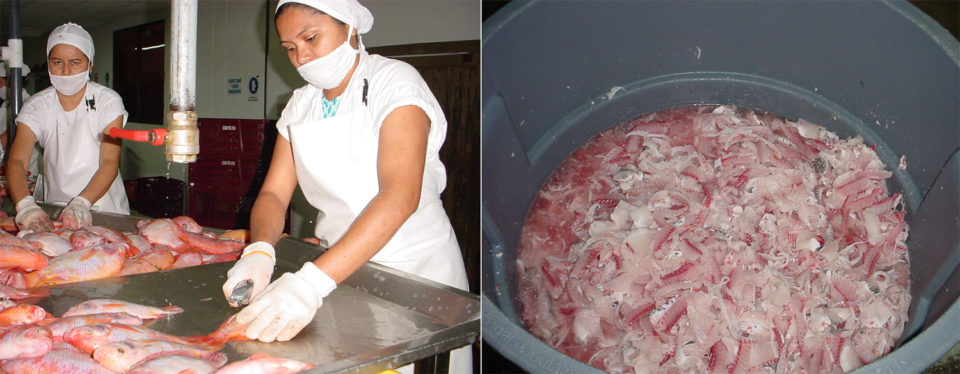
The replacement or reduction of fishmeal in aquafeeds using alternative ingredients is of great interest to the aquaculture industry, but there are some issues including deficiency of some essential amino acids, the presence of anti-nutritional factors, palatability and digestibility. Many cases of successful replacement have been reported in Pacific white shrimp (Litopenaeus vannamei), including by plant protein sources, also supported by relevant mineral supplementation.
Fish silage – which can be produced using fisheries and aquaculture processing waste – is an alternative protein source to fishmeal and can be produced through simple and inexpensive techniques. The potential use of fish silage as a substitute for protein ingredients in aquafeeds could also help with environmental and sanitary issues related to the inadequate disposition of fish residues. And it could also help reduce the cost of feeds and consequently production costs since feeds represent around 60 percent of production costs for many cultured species.
Various authors have shown positive results using tilapia silage incorporated into diets for other species. This article – adapted and summarized from the original publication – evaluated the inclusion of tilapia processing waste silage (TPWS) in diets for L. vannamei juveniles reared under clear-water and biofloc conditions.
Study setup
The study was carried out at the Universidade Federal Rural do Semi-Árido (UFERSA, RN) in Brazil. Two individual systems were set-up according to Emerenciano et al. (2007): a biofloc system (BS) and a clear-water system (CWS). The trial was initiated stocking L. vannamei juveniles (1.43 ± 0.33 grams) brought in at PL20 from a commercial hatchery and grown in the lab in forty (20 + 20) 40-liter rectangular plastic bins (27 × 37 × 54 cm) in a density of 63 shrimp per square meter (12 juveniles per bin).
The animals were stocked following a factorial, completely randomized experimental design (water type and percent tilapia waste silage inclusion as the main factors) and reared for 45 days. Four replicate tanks were randomly assigned to each treatment. The treatments were based on the percentage of TPWS inclusion (0 or control, 1.5 percent, 3.0 percent, 4.5 percent and 6.0 percent inclusion) in BS or CWS system, totalizing 10 treatments.
https://www.aquaculturealliance.org/advocate/with-byproducts-getting-more-from-and-for-fish/
The TPWS used in this study was produced in the Laboratory of Seafood Technology and Quality Control (LAPESC/UFERSA) using filet residues of Nile tilapia (Oreochromis niloticus) processing including head, bones, skin, fins and viscera. Five experimental diets were formulated to be isocaloric and isoproteic and to attend the nutritional requirements of the species. The TPWS inclusion ranged from zero to 6 percent of the diet. The overall low level of inclusion was due to the high level of crude lipid presented in the silage (37.4 percent).
For detailed information on the experimental design and culture conditions; fish silage production; diet formulation and feeding; and statistical analyses, refer to the original publication.
Results and discussion
Regarding its proximate analysis, TPWS contained 83.8 percent dry matter, 33.7 percent crude protein, 37.4 percent crude lipid, and 21.5 percent ash based on dry matter. And for shrimp growth performance, no interactions between system and diet were observed. Survival was not affected by system or diet and averaged over 85 percent in all treatments.
Feed conversion rates (FCR) had significantly lower values (1.35) in the BFT treatment compared to the CWS treatment (1.65). Following the same trend, mean final weight and SGR were statistically influenced by the system but not by the diet, with the BS treatment having higher values (7.17 grams and 2.01 percent daily) compared to the CWS treatment (6.35 grams and 1.82 percent daily).
Neto, tilapia silage, Table 1
| Diet (% inclusion tilapia silage) | SGR (%/day) | Mean final weight (g) | Survival (%) | FCR |
|---|---|---|---|---|
| 0 | 1.86 ± 0.20ns | 6.51 ± 0.76ns | 85.29 ± 17.18ns | 1.59 ± 0.37ns |
| 1.5 | 1.90 ± 0.14ns | 6.62 ± 0.60ns | 90.15 ± 6.27ns | 1.56 ± 0.10ns |
| 3 | 1.93 ± 0.18ns | 6.79 ± 0.80ns | 92.93 ± 9.74ns | 1.38 ± 0.29ns |
| 4.5 | 1.83 ± 0.23ns | 6.43 ± 0.94ns | 94.32 ± 4.30ns | 1.61 ± 0.15ns |
| 6 | 2.07 ± 0.11ns | 7.46 ± 0.56ns | 88.88 ± 13.94ns | 1.35 ± 0.23ns |
| System: Clear water | 1.82 ± 0.20b | 6.35 ± 0.54b | 87.50 ± 12.12ns | 1.65 ± 0.23b |
| System: Biofloc | 2.01 ± 0.12a | 7.17 ± 0.79a | 94.23 ± 6.25ns | 1.35 ± 0.18a |
No interactions were observed (P > 0.05). Values are means (± standard error) of treatments (diets or system); Different letters in columns denote significant differences between experimental systems with α = 0.05 level by Tukey's HSD multiple range test; NS: not statistically different (P > 0.05); SGR: specific growth rate; FCR: feed conversion ratio.
Under the experimental conditions of our study – both biofloc (BS) and clear-water (CWS) systems – the tilapia processing waste silage (TPWS) could be included at the highest level (6.0 percent) without losses in growth performance and survival. On the other hand, in BS conditions, shrimp had better performance compared to CWS, probably due to the continuous availability of natural food. This natural productivity is normally present as bacteria, microalgae, protozoa, nematodes, copepods and rotifers, all rich sources of lipids, vitamins and essential amino acids, as well as highly diverse “native protein.”
The concept of “native protein” is related to protein sources without any previous treatment, mainly live feeds. Is important to note that bacterial protein sources play an important role in the equilibrium and re-ingestion of particulate organic matter, and shrimp faeces are a form of constant food supply through coprophagia. The colonization of the shrimp gut by bacteria has been shown to have positive effects, including improvements of the activity of shrimp digestive enzymes and also the increase of the availability of extracellular enzymes acting as “natural probiotics.”
We found no literature references related to the use of TPWS in L. vannamei diets under biofloc condition. Although low levels of silage were included in the diets due to the high lipid content in the fish silage, our highest inclusion level of 6 percent still could represent a significant cost reduction in shrimp formulations. In a study with L. vannamei juveniles using clear water, some authors evaluated feeds containing (i) fish waste silage, (ii) fish waste silage with soybean meal and (iii) fish waste meal as a protein source. These authors reported that shrimp fed with diets containing fish waste silage combined with soybean meal gained 0.7 grams per week higher than those fed with fish waste silage or fish waste meal (0.3 grams per week).
It is important to note that these reported values are lower than observed in our study (e.g. with biofloc conditions, at 0.9 grams per week). Additionally, in our study the FCR values were 1.3 and 1.6 for BS and CWS, respectively, lower than the FCR values of 2.8 and 2.5 observed by other authors using soy protein-based diets and low protein content diets, respectively, both in biofloc conditions for L. vannamei.
In contrast with our work, other authors evaluated shrimp silage in juvenile tilapia (O. niloticus) diets and concluded that it is possible to include 2.75 percent of shrimp silage, reducing the diets costs by 3.3 percent without losses in fish performance. Similarly, other researchers tested shrimp head silage (approximately 40 percent protein) as a substitute for fishmeal in tilapia diets at 0, 33.3 percent, 66.6 percent and 100 percent dietary levels. Their results indicate that shrimp silage could replace 100 percent of the fishmeal, with economic advantages and without sacrificing feed quality.
Perspectives
Our results under the experimental conditions tested showed that the inclusion of tilapia processing waste silage (TPWS) in L. vannamei diets was possible up to 6 percent without compromising shrimp performance and survival. In addition, shrimp raised in BS had better growth performance as compared to CWS.
References available from original article.
Now that you've reached the end of the article ...
… please consider supporting GSA’s mission to advance responsible seafood practices through education, advocacy and third-party assurances. The Advocate aims to document the evolution of responsible seafood practices and share the expansive knowledge of our vast network of contributors.
By becoming a Global Seafood Alliance member, you’re ensuring that all of the pre-competitive work we do through member benefits, resources and events can continue. Individual membership costs just $50 a year.
Not a GSA member? Join us.
Authors
-
Joaquim da Rocha Soares Neto, Ph.D.
Universidade Federal Rural do Semi-Árido (UFERSA)
Departamento de Ciência Animal, Setor de Aquicultura
Mossoró, 59625-900, Brazil -
Felipe de Azevedo Silva Ribeiro, Ph.D.
Universidade Federal Rural do Semi-Árido (UFERSA)
Departamento de Ciência Animal, Setor de Aquicultura
Mossoró, 59625-900, Brazil -
Alex Augusto Gonçalves, Ph.D.
UFERSA, Departamento de Ciência Animal
Laboratório de Tecnologia e Controle de Qualidade do Pescado
Mossoró, 59625-900, Brazil -
Maurício Gustavo Coelho Emerenciano, Ph.D.
Corresponding author
Universidade do Estado de Santa Catarina (UDESC)
Laboratório de Aquicultura (LAQ)
88790-000, Laguna, SC, Brazil and
Programa de Pós-Graduação em Zootecnia (PPGZOO/UDESC)
Chapecó, 89815-630, Brazil[109,111,99,46,108,105,97,109,116,111,104,64,111,110,97,105,99,110,101,114,101,109,101,111,105,99,105,114,117,97,109]
Tagged With
Related Posts
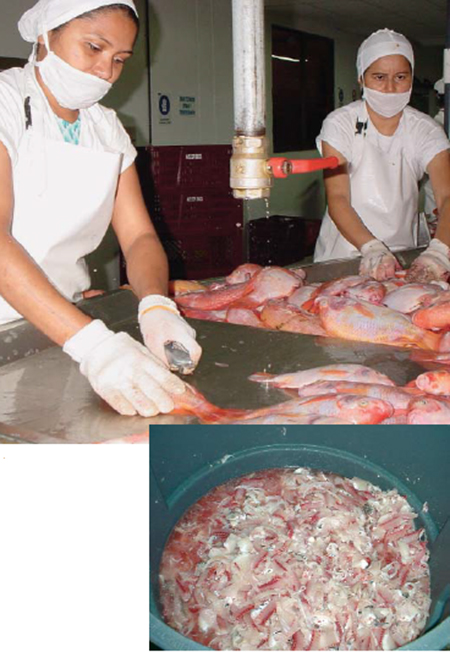
Health & Welfare
Fish silage: Bioconverted waste yields useful byproducts
Although its final quality can be variable, fish silage can be an effective protein supplement in feeds for various fish, shellfish and terrestrial animals.
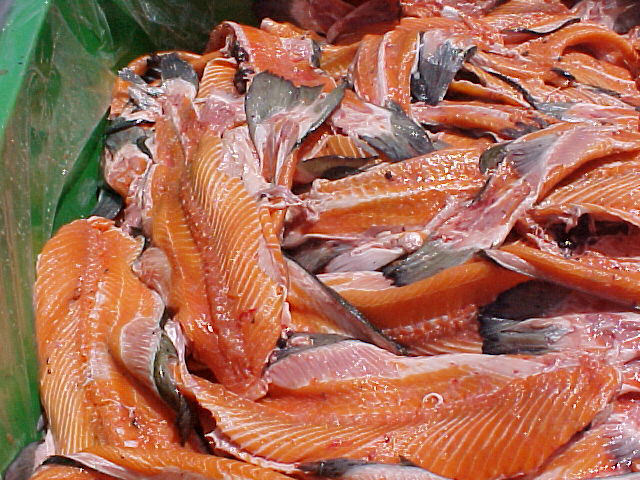
Intelligence
Byproduct utilization for increased profitability, part 3
Fish protein hydrolysates obtained from fish-processing wastes can be used to make valuable ingredients for the food and healthcare industries. Hydrolysates are produced from fish muscle and viscera through an autolytic process by endogenous enzymes or an accelerated method using exogenous enzymes.
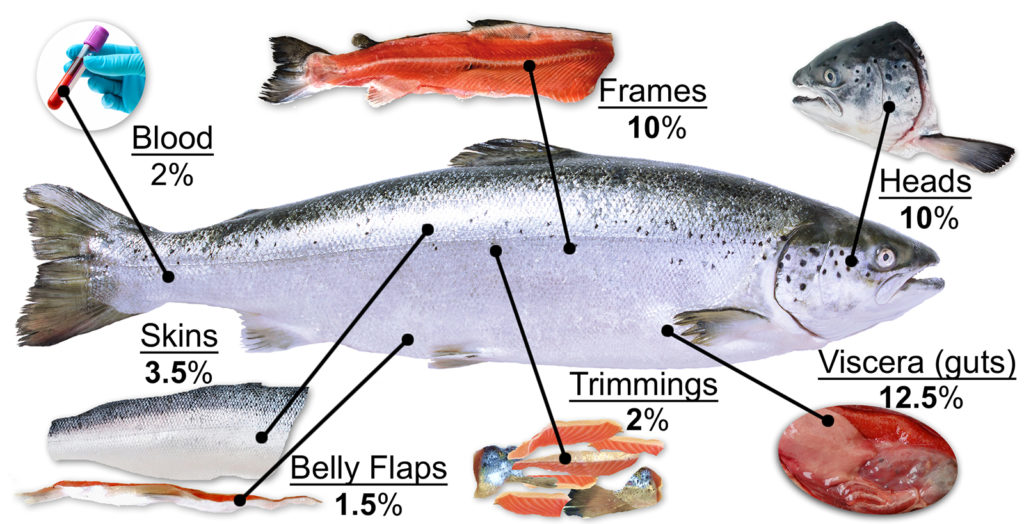
Aquafeeds
It takes guts to advance sustainability in aquaculture
With byproducts representing between 25 to 50 percent of the weight of various fish species, we need to be looking at how the entire fish is being used: even the heads, guts and skin.
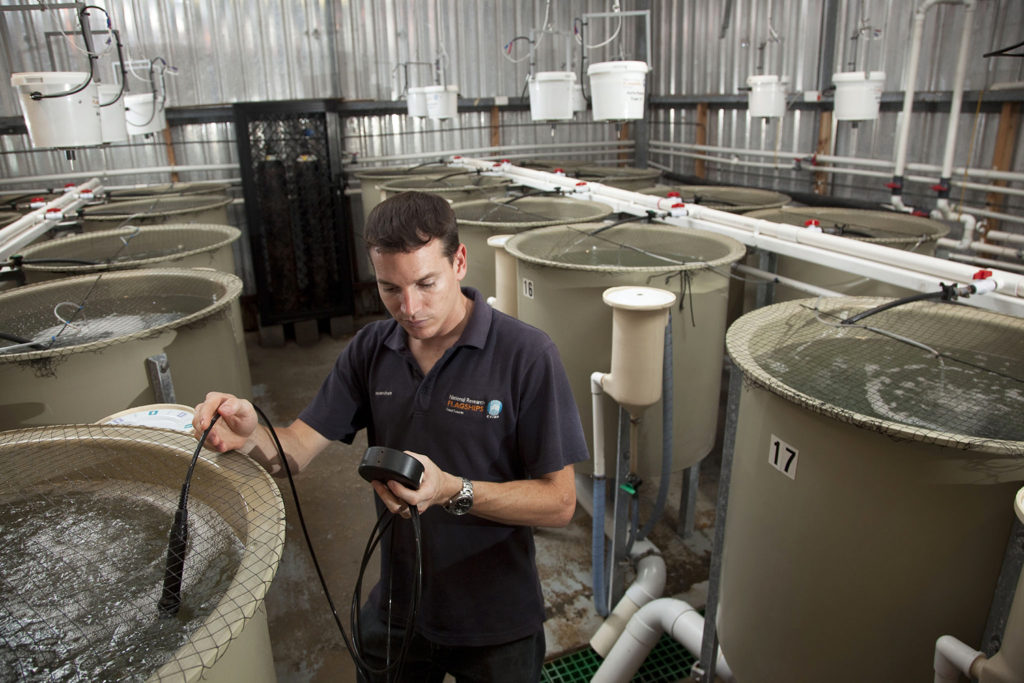
Health & Welfare
Effects of poultry protein concentrate, phosphorus supplementation in barramundi juveniles
This study characterized the nutritional value of a high-quality poultry protein concentrate against standard poultry meal in barramundi juveniles.


